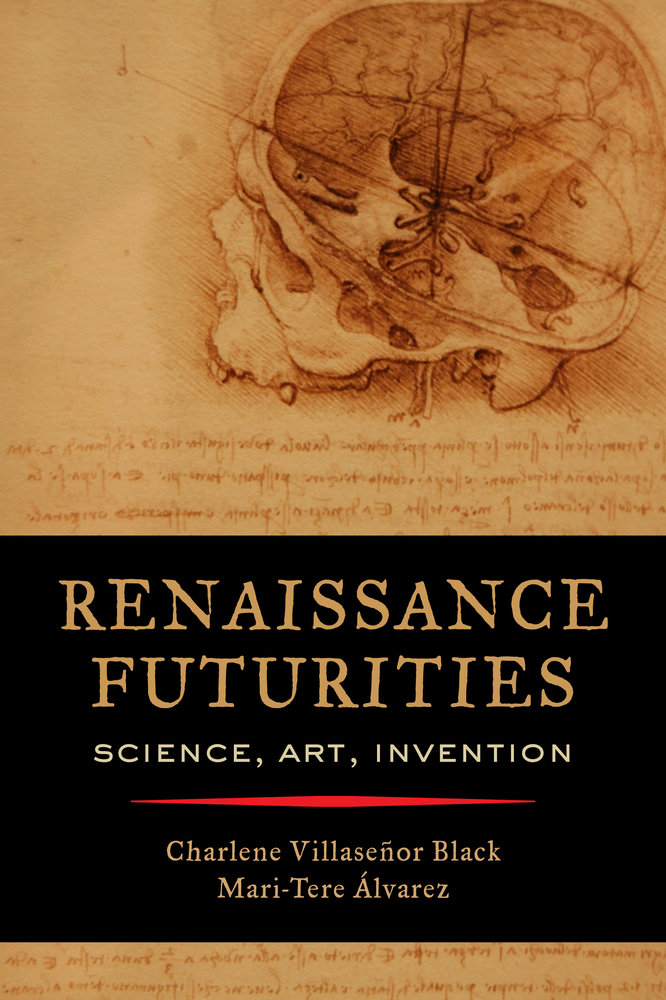

Most ebook files are in PDF format, so you can easily read them using various software such as Foxit Reader or directly on the Google Chrome browser.
Some ebook files are released by publishers in other formats such as .awz, .mobi, .epub, .fb2, etc. You may need to install specific software to read these formats on mobile/PC, such as Calibre.
Please read the tutorial at this link: https://ebookbell.com/faq
We offer FREE conversion to the popular formats you request; however, this may take some time. Therefore, right after payment, please email us, and we will try to provide the service as quickly as possible.
For some exceptional file formats or broken links (if any), please refrain from opening any disputes. Instead, email us first, and we will try to assist within a maximum of 6 hours.
EbookBell Team

4.8
14 reviewsAt publication date, a free ebook version of this title will be available through Luminos, University of California Press’s Open Access publishing program. Visit www.luminosoa.org to learn more.
Renaissance Futurities considers the intersections between artistic rebirth, the new science, and European imperialism in the global early modern world. Charlene Villaseñor Black and Mari-Tere Álvarez take as inspiration the work of Renaissance genius Leonardo da Vinci (1452–1519), prolific artist and inventor, and other polymaths such as philosopher Giulio “Delminio” Camillo (1480–1544), physician and naturalist Francisco Hernández de Toledo (1514–1587), and writer Miguel de Cervantes (1547–1616). This concern with futurity is inspired by the Renaissance itself, a period defined by visions of the future, as well as by recent theorizing of temporality in Renaissance and Queer Studies. This transdisciplinary volume is at the cutting edge of the humanities, medical humanities, scientific discovery, and avant-garde artistic expression.